With Halloween drawing ever nearer you’re probably spicing up the mood already with horror films or haunting music. But what makes the soundtracks so scary, and what are some of the most effective pieces? Let’s have a look at the theory and science behind creepy noises.
What makes haunting music put you on the edge of your seat while listening? Why are some horror movie soundtracks so horrifying? Without a solid understanding of music theory, it probably seems like a mystery, but even then, you definitely feel it while listening. Dissonant chords and shrieking notes always have an uncanny effect.
It’s difficult to know why this is the case, although we’re gradually gaining an understanding. Artists discovered long ago that major chords generally create positive emotions, whereas minor chords create negative ones. This is a rather simplistic view and isn’t always true, but by and large, it’s the case.
Dissonant chords, on the other hand, create a sense of uneasiness. Due to their eerie nature, composers for a long time deliberately avoided using them. With the rise of polytonal and atonal music that became a thing of the past, but they still produce a jarring effect whenever you hear them.
New Findings – what makes sounds scary?
In 2012, Daniel Blumstein from the University of California produced a study suggesting that the reaction to haunting sounds is biological in nature, since they evoke instinctive emotional responses. He discovered that the music resembles animal distress calls. Baby marmots, for instance, screamed in a nonlinear chaotic noise when caught. An animal’s scream, a child’s cry and a dissonant chord all trigger a response in humans, making us think our children – or ourselves – are being threatened.
As part of the research, participants rated music segments based on emotional stimulation. Blumenstein correctly predicted that they ranked music with nonlinear elements as more stimulating and stated they linked it to emotions such as fear or sadness. Furthermore, tracks where the pitch was raised higher provoked even stronger emotional reactions.
But he also discovered that the reaction is dependent on the context. When listening to haunting music alongside ‘boring’ images, the participants rated it as less stimulating. Also, some music is associated with scariness just by social engineering. The singing of children’s nursery rhymes, for instance, only seems scary to us because horror films have put them into frightening situations in the first place – so they seem haunting by association.
Haunting Music in Films
It goes without saying that horror movies wouldn’t be as effective as they are without the use of sound effects. Alfred Hitchcock even said that one third of the reason Psycho was a great hit was based purely on the music – and personally, I’d be inclined to agree.
But it’s a bit of an artform in itself, creating music for horror films. Some are subtle and create a slight sense of uneasiness, others are just brilliant tracks which make you feel uncomfortable. Others are less effective and just produce loud noise, which never really works.
But enough theory: let’s look at some scary pieces from classical and film music to give you some goosebumps!
Modest Mussorgsky – Night on Bald Mountain
There’s a reason this music makes practically every list of ‘top 10 scariest classical music’. It drips brilliance from every pore, starting with the chilling, quick-paced violins at the start and the horns underlying the music with a sense of the approaching end of days. It’s haunting music from start to finish and will keep you from sleeping at night. Probably no surprise, then, that it was used for the segment with the devil in Disney’s Fantasia.
Bernard Herrmann – Theme from Psycho
One word: uncomfortable. Probably one of the best horror soundtracks of all time, this immediately puts you in an eerie position where you’re afraid to look behind you out of fear that something might be lurking there. Without this track, Psycho wouldn’t be what it is. With it, it is brilliant. Screeching sounds which move unstoppably onward at succinct points during the movie really make this an unforgettable sound which will haunt you for a long time.
J.S. Bach – Toccata and Fugue in D Minor
Honestly, as much as I love this piece, I think it’s largely considered haunting music by association through its use in horror films more than anything else. While it largely uses minor keys, it’s quite timid on the dissonant side and actually has a few uplifting moments. Nevertheless, overall it’s lovely, quick-paced, always entertaining and just plain beautiful, with some generally horrific moments in there. And the sound of an organ always sounds a bit haunting, I suppose…
Mike Oldfield – The Exorcist theme
This is a strange one. The track itself isn’t as much scary as it is minimalistic and in a constant loop of producing an eerie, otherworldly feeling – perhaps more mysterious than outright frightening. I think the reason the film works effectively with its music is because of it’s hardly ever present – instead, the film offers you a silent build-up with regular conversations and a gradual build-up of dread, with the soundtrack really just giving you a hint at the underlying haunt.
György Ligeti – Requiem (esp. II Kyrie)
This piece works from so many different angles. First by association, since the Kyrie Eleison – in English ‘Lord, have mercy’ – within a requiem already has a sense of desperation in it. Second, it’s one constant dissonant chord with more and more layers building upon it. Third, the sound of shrieking human voices to uncomfortable instrumental aspects makes it sound horrific. Just envision this being the sound of billions of lost souls yearning, screaming, begging for mercy on judgment day…
John Williams – Jaws theme
To finish off with another soundtrack which makes excellent use of build-up, this one is also a great example of haunting music. It starts out quietly with low notes, but builds up rather quickly with quiet, but increasingly louder bangs and dissonances and a variety of instruments which always sound threatening – culminating in the moment the strings come out and produce a shrieking effect. It captures perfectly the threat that lurks underneath the water surface.
Closing thoughts
There you have it, some thoughts and examples of haunting music! Can you think of any other pieces I’ve left out that need to be mentioned? Then please leave me a comment! Otherwise, if you liked this article, then feel free to click on one of the tender buttons below to share it on the social media of your choice.
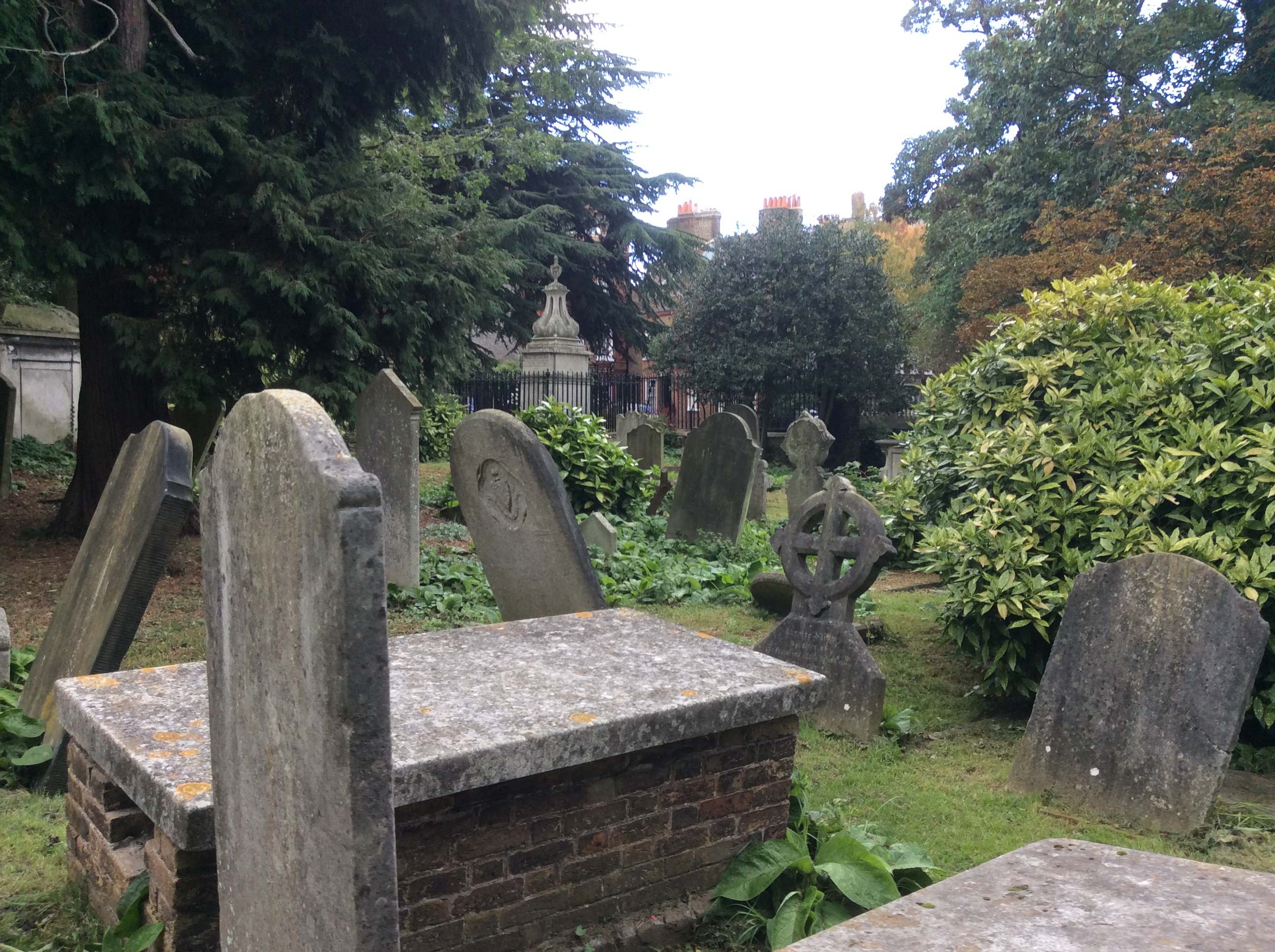

 While Mary Shelley’s spouse may be the better poet, she was undeniably the better prose writer, and her Frankenstein; or, The Modern Prometheus from 1818 deserves its place as one of the greatest horror novels of all time. Although it might be very different from what a reader who only knows the movies would expect, it nevertheless represents an eerie exploration of questions about good and evil, life and death, societal issues and the dangers of technological progression.
While Mary Shelley’s spouse may be the better poet, she was undeniably the better prose writer, and her Frankenstein; or, The Modern Prometheus from 1818 deserves its place as one of the greatest horror novels of all time. Although it might be very different from what a reader who only knows the movies would expect, it nevertheless represents an eerie exploration of questions about good and evil, life and death, societal issues and the dangers of technological progression. One of my favourite horror-like stories of all time, Oscar Wilde’s only novel is a wonderful work asking the readers how far they would go to achieve eternal youth – and thus all the splendours and possibilities for hedonistic action that would entail, making this one of the most contemporarily relevant books on this list. With a focus on pleasure-seeking and implications of saucy action (although it hardly ever becomes too explicit), this book is suspenseful from start to finish and frequently raises issues of beauty, the arts, good and evil, and it contains a plot so ingenious that it makes me envious. Not to mention that Lord Henry is one of the wittiest ‘moral guides’ in a novel to date. It might not be straight-forward horror, but in a society as obsessed with looks and youth as ours, Dorian’s fate is sure to deliver you a sense of dread.
One of my favourite horror-like stories of all time, Oscar Wilde’s only novel is a wonderful work asking the readers how far they would go to achieve eternal youth – and thus all the splendours and possibilities for hedonistic action that would entail, making this one of the most contemporarily relevant books on this list. With a focus on pleasure-seeking and implications of saucy action (although it hardly ever becomes too explicit), this book is suspenseful from start to finish and frequently raises issues of beauty, the arts, good and evil, and it contains a plot so ingenious that it makes me envious. Not to mention that Lord Henry is one of the wittiest ‘moral guides’ in a novel to date. It might not be straight-forward horror, but in a society as obsessed with looks and youth as ours, Dorian’s fate is sure to deliver you a sense of dread. I never said this would be a particularly original list! But it’s impossible to make a selection of the best classical horror reads without a reference to Poe. So many poems and short stories of his will make you afraid to go to sleep at night. ‘The Tell-Tale Heart’? A gorgeous account of insanity. ‘The Black Cat’? Beautifully dark and creepy. ‘The Raven’? A lovely eerie poem with one of the best uses of long trochaic lines in all of literature. And all of his writing is perfectly accessible to a contemporary audience. Not all are gothic in nature, but most of them are. All of them are excellently entertaining. His bizarre detective stories starring Auguste Dupin even became the blueprint for master detectives like Sherlock Holmes and Hercule Poirot. For one of the best Poe-experiences, be sure to check out
I never said this would be a particularly original list! But it’s impossible to make a selection of the best classical horror reads without a reference to Poe. So many poems and short stories of his will make you afraid to go to sleep at night. ‘The Tell-Tale Heart’? A gorgeous account of insanity. ‘The Black Cat’? Beautifully dark and creepy. ‘The Raven’? A lovely eerie poem with one of the best uses of long trochaic lines in all of literature. And all of his writing is perfectly accessible to a contemporary audience. Not all are gothic in nature, but most of them are. All of them are excellently entertaining. His bizarre detective stories starring Auguste Dupin even became the blueprint for master detectives like Sherlock Holmes and Hercule Poirot. For one of the best Poe-experiences, be sure to check out 
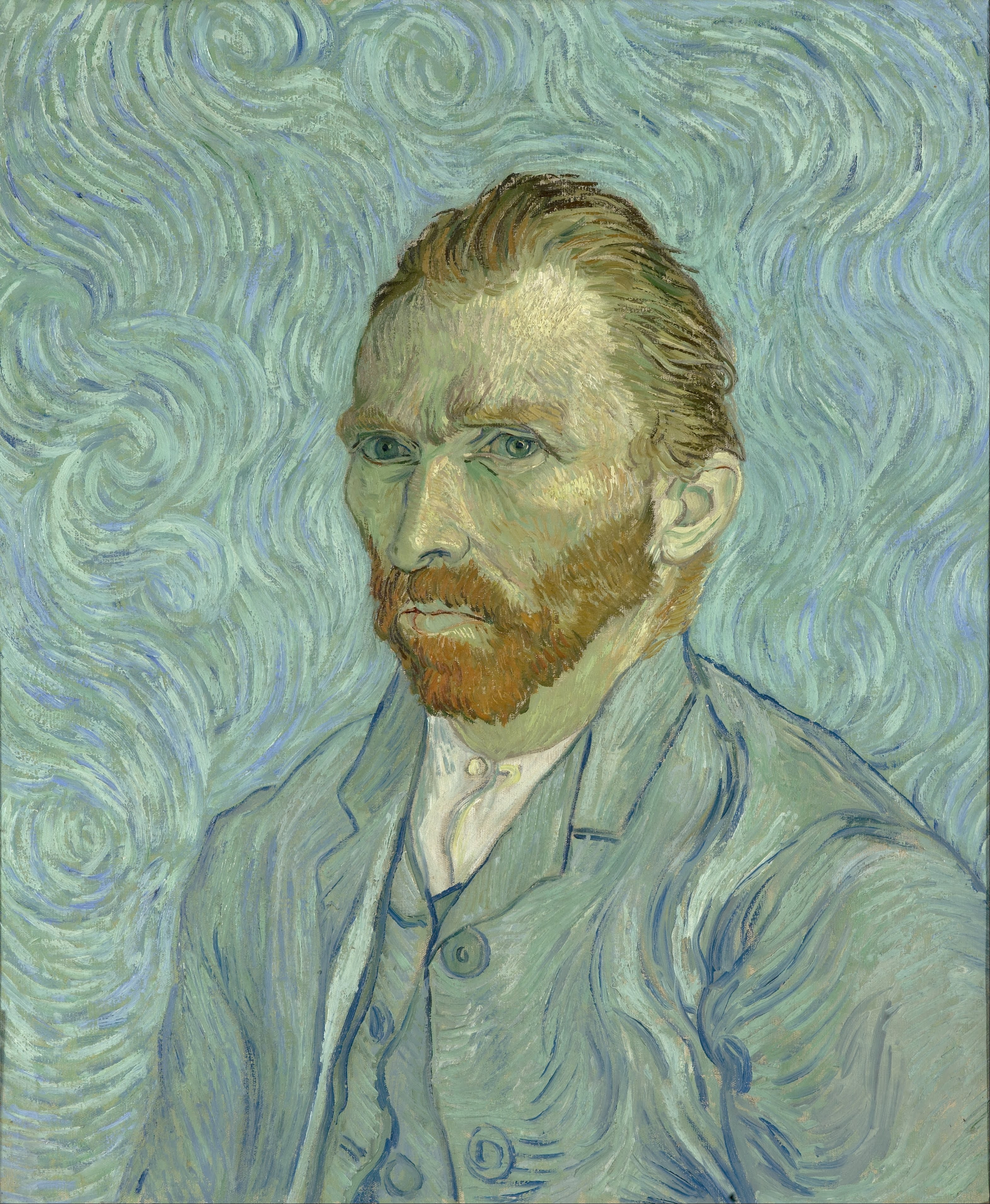

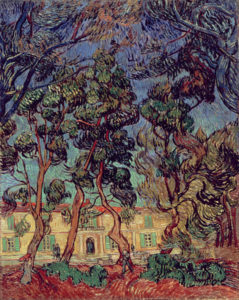

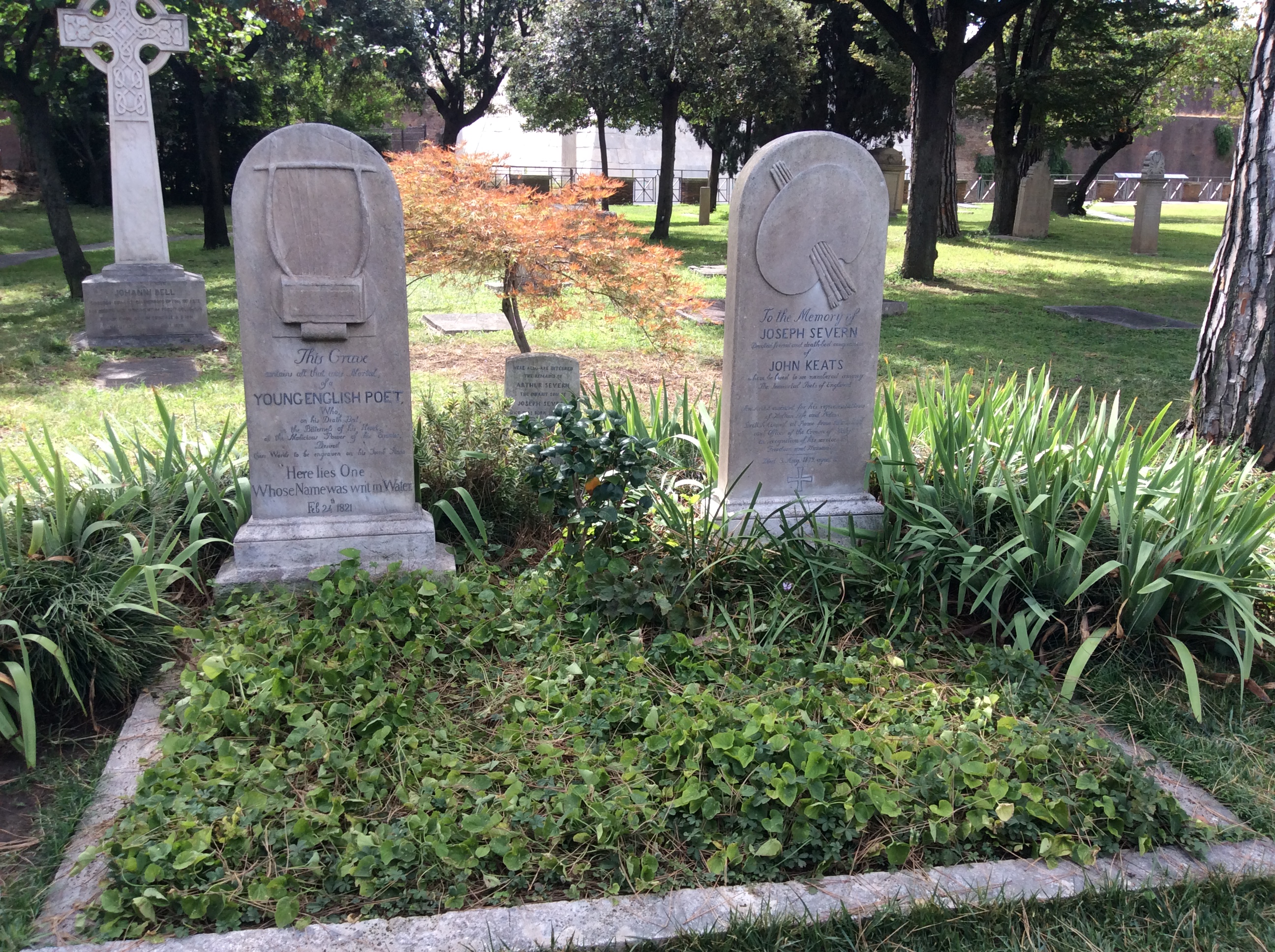
 But the cemetery is worth it, once you’ve found it. Cypress trees cover the entire cemetery alongside beautifully crafted gravestones of various shapes, some of them hundreds of years old. That’s to say nothing of the huge amounts of blue wild flowers everywhere you look. Even without Keats’ grave, I would suggest that it’s probably the prettiest cemetery out there – even prettier than Highgate (and with the added plus that the entry is free).
But the cemetery is worth it, once you’ve found it. Cypress trees cover the entire cemetery alongside beautifully crafted gravestones of various shapes, some of them hundreds of years old. That’s to say nothing of the huge amounts of blue wild flowers everywhere you look. Even without Keats’ grave, I would suggest that it’s probably the prettiest cemetery out there – even prettier than Highgate (and with the added plus that the entry is free).
 Keats felt so humbled that he didn’t even have his name engraved on his own gravestone. He wished merely to be known as ‘one whose name was writ in water’ – that is, that his name is so fleeting and unimportant that he will be forgotten by everyone.
Keats felt so humbled that he didn’t even have his name engraved on his own gravestone. He wished merely to be known as ‘one whose name was writ in water’ – that is, that his name is so fleeting and unimportant that he will be forgotten by everyone. At least he got to be buried in the place of his choice. Aware of his imminent death, he sent Severn to scout out the area and to see whether it’s a nice burial ground. When Severn reported about the blue flowers and the quiet atmosphere, it was Keats’ wish to lie here – as though the soul and the place belong together.
At least he got to be buried in the place of his choice. Aware of his imminent death, he sent Severn to scout out the area and to see whether it’s a nice burial ground. When Severn reported about the blue flowers and the quiet atmosphere, it was Keats’ wish to lie here – as though the soul and the place belong together.
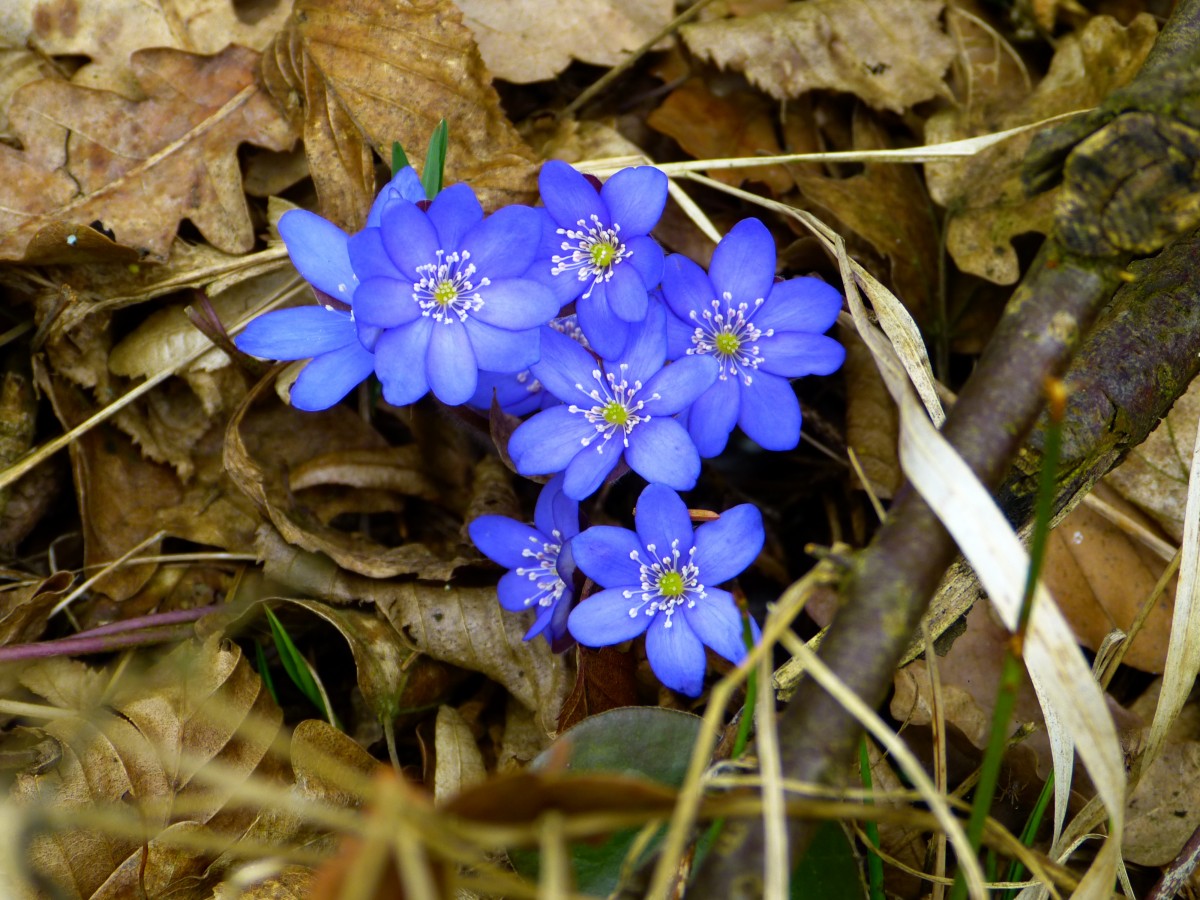
 Hilda Doolittle (1886-1961), more commonly known as H.D., is one of my favourite Imagist poets. She had the gift of presenting detailed images to evoke a vivid effect in the reader. ‘Evening’ is no exception to that rule.
Hilda Doolittle (1886-1961), more commonly known as H.D., is one of my favourite Imagist poets. She had the gift of presenting detailed images to evoke a vivid effect in the reader. ‘Evening’ is no exception to that rule. This beautiful description indicates how the flowers are ‘going to sleep’, in that the flowers wilt and seem to shrink on themselves, moving towards the ‘bluer heart’, a lovely description of how the flower ‘is more itself’ in the centre (around the stigma?). However, the more the flower bends in on itself, the more it becomes ‘lost’ – is this just because it fades from sight in the darkness, or is it that the act of reaching inward means it is dying and losing itself?
This beautiful description indicates how the flowers are ‘going to sleep’, in that the flowers wilt and seem to shrink on themselves, moving towards the ‘bluer heart’, a lovely description of how the flower ‘is more itself’ in the centre (around the stigma?). However, the more the flower bends in on itself, the more it becomes ‘lost’ – is this just because it fades from sight in the darkness, or is it that the act of reaching inward means it is dying and losing itself? The most remarkable aspect of the poem is how it not only evokes the passing of time during one evening, as one might assume when first reading the poem, but the passing of time throughout the seasons. The plants have completely different flowering times – so the poem encompasses a much longer time frame than initially expected. Hepaticas blossom in very early spring and wilt completely by the time cornels start breaking into bloom in July to August; the white buds of the cornel wouldn’t appear until early July. H.D. captures these impressions perfectly in a rather short poem!
The most remarkable aspect of the poem is how it not only evokes the passing of time during one evening, as one might assume when first reading the poem, but the passing of time throughout the seasons. The plants have completely different flowering times – so the poem encompasses a much longer time frame than initially expected. Hepaticas blossom in very early spring and wilt completely by the time cornels start breaking into bloom in July to August; the white buds of the cornel wouldn’t appear until early July. H.D. captures these impressions perfectly in a rather short poem!